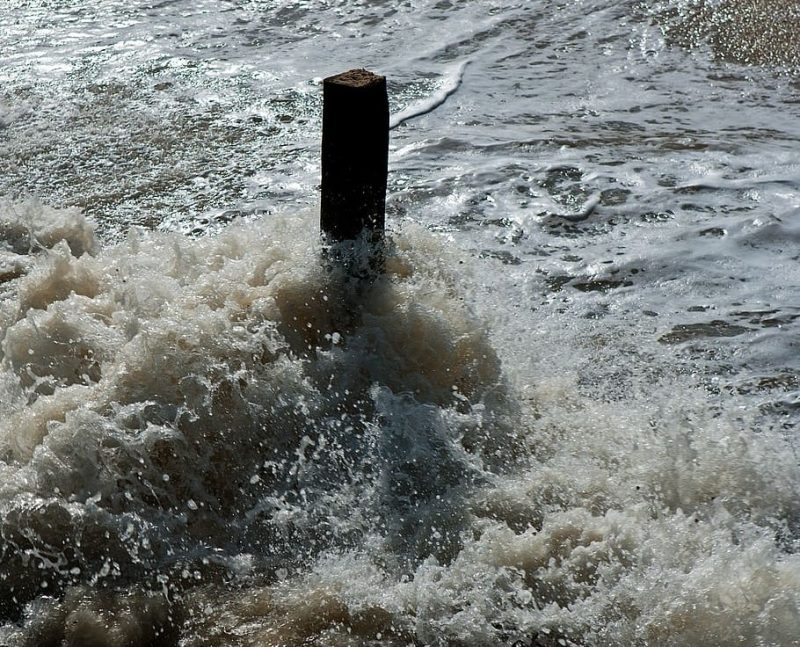The Tidal energy is the energy that absorbs the force of the tideswhich, when generated by the gravitational conjunction of the Sun and the Moon, added to the Earth’s rotation, is considered a source of renewable energythat can be converted into another type of energy (electrical, mechanical, motion, etc.).
The centers responsible for operating the Seawater energy They consist of a system that stores water in a reservoir during the rising tide, which reaches its peak when the maximum flood point is reached. For generate energy by taking advantage of low tide when the reservoir gates are opened and the collected water is released.
What is the origin of tidal energy?
Antiquity
The history of using tides as an energy source dates back to ancient times. The earliest evidence regarding tidal energy conversion It dates from the early 900s AD, although historians believe it is likely that similar systems existed, the remains of which have been lost. Built in Suffolk, England, the Woodbridge Tide Mill dates back to 1170 and is the oldest known tidal mill still in operation.


The most typical use of this type of system energy generation from the tides It was the grinding of the different types of grains used, which were so hard that it was easier to grind them than to cook them. It also had other uses. For example, in Hayley, a town in England, the power of the tides was used to dredge a canal.
The modern era
The concept of the so-called ‘tidal mill’ crossed the Atlantic Ocean with the colonists and, especially in the state of Maine, many of these systems have been in regular use since the 18th century. At the end of the 19th century, the concept of tidal energy was associated with the generation of electricity. France was a pioneer in this regard, both in Europe and in the world.
Tidal energy in Europe
In 1920 it was thought that France would benefit from this the energy potential of the tides. Its construction was planned, but without sufficient resources the project was abandoned. In 1966, the French tidal power plant was built at the mouth of the Rance River in Brittany, considered the first tidal power plant in the world.
Progress in America
In 1920, engineer Dexter P. Cooper hit the road generate electrical energy from the tides: It was intended to be an international project involving the construction of dams in the Bays of Passamaquoddy and Cobscook, belonging to the Eastern Maritime Province of New Brunswick, Canada and the North American state of Maine.
His undisputed ally and supporter was Franklin D. Roosevelt. When Roosevelt became President of the United States years later, he requested a feasibility study of the Passamaquoddy Tidal Power Project. This meant moving 135 billion liters of water electricity would be generated for the city of Washington. The federal government decided that the project would have prohibitive costs.
Just in In 1984, the first (and so far only) tidal power plant in North America was built., located in Nova Scotia, Canada and called the Royal Annapolis Generating Station. This works by feeding on the difference in tides, the Annapolis basin and the sub-basin of the nearby Bay of Fundy.
Tidal energy in Asia
In In 2011, the first tidal energy exploitation plant in Asia was put into operation., called Sihwa, which is also the largest in the world. Located in South Korea, on the edge of a man-made lake near Seoul, it has ten turbines producing 25.4 megawatts. The structure has 8 locks, 15 floors and its cost exceeded 300 million euros.

